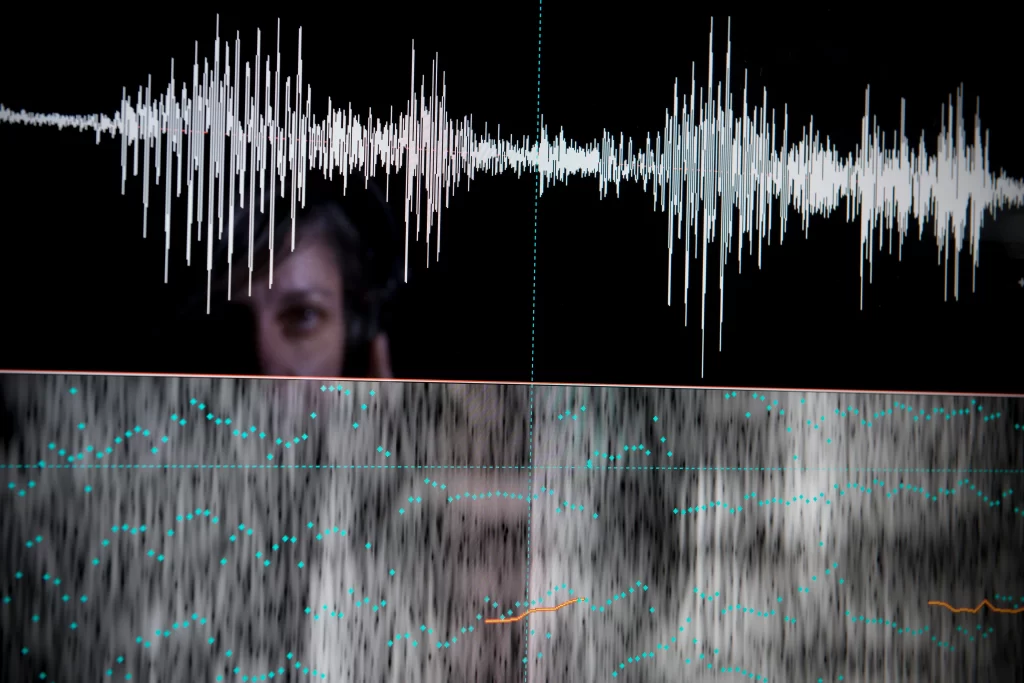
Audio Forensic Analysis is a specialized field that involves the examination and interpretation of audio evidence in legal investigations. Experts in this domain employ various techniques and utilize cutting-edge tools to extract valuable information from audio recordings. Here are the key techniques and tools commonly used in Audio Forensic Analysis:
- Spectral Analysis:
- Spectral analysis is a fundamental technique used in Audio Forensics. It involves analyzing the frequency content of an audio signal. By representing the audio waveform in a frequency domain, experts can identify anomalies, such as added sounds or gaps, and detect possible tampering or editing.
- Voice Spectrography:
- Voice spectrography is a powerful tool for speaker identification. It converts audio signals into visual representations called voiceprints or spectrograms. By comparing voiceprints from different recordings, Audio Forensics Experts can determine if the same speaker is present in multiple audio samples.

- Audio Enhancement Software:
- Audio enhancement software is employed to improve the quality of audio recordings, especially those with poor signal-to-noise ratio or background interference. These tools can filter out noise, remove unwanted sounds, and enhance speech intelligibility, making it easier to understand the content of the recording.
- Time-Stretching and Pitch-Shifting:
- Time-stretching and pitch-shifting techniques are utilized to modify the tempo or pitch of an audio recording. In Audio Forensics, these techniques can help experts match audio samples to identify similarities or differences between different recordings.
- Signal Enhancement Filters:
- Signal enhancement filters are used to isolate specific frequencies or sounds within an audio recording. By selectively amplifying or attenuating certain frequencies, Audio Forensics Experts can focus on particular audio elements critical to their analysis.
- Audio Authentication Software:
- Audio authentication software is designed to detect digital manipulation or tampering in audio recordings. It can analyze the file’s metadata, detect editing artifacts, and assess the overall integrity of the audio file to determine its authenticity.
- Comparative Analysis Tools:
- Comparative analysis tools aid in the comparison of different audio samples. These tools can align waveforms, identify identical sections, and reveal differences between recordings, essential for voice comparison or detecting alterations.
- Forensic Transcription Software:
- Forensic transcription software assists Audio Forensics Experts in converting spoken words from audio recordings into written form. These tools are optimized for handling challenging audio quality, background noise, and various accents or dialects.
- Signal Noise Reduction Techniques:
- Noise reduction techniques are used to suppress unwanted background noise from audio recordings. These methods help improve the clarity of speech and other critical sounds, enhancing the overall audibility of the recording.
- Echo and Reverberation Analysis:
- Echo and reverberation analysis allows experts to examine the characteristics of echoes and reverberation in an audio recording. This analysis can be valuable in identifying the recording environment or uncovering potential audio tampering.
Conclusion
In conclusion, the field of forensic audio Analysis relies on a range of advanced techniques and specialized tools to uncover crucial information from audio recordings. These techniques and tools play a pivotal role in legal investigations, providing valuable evidence and aiding in the pursuit of justice.

